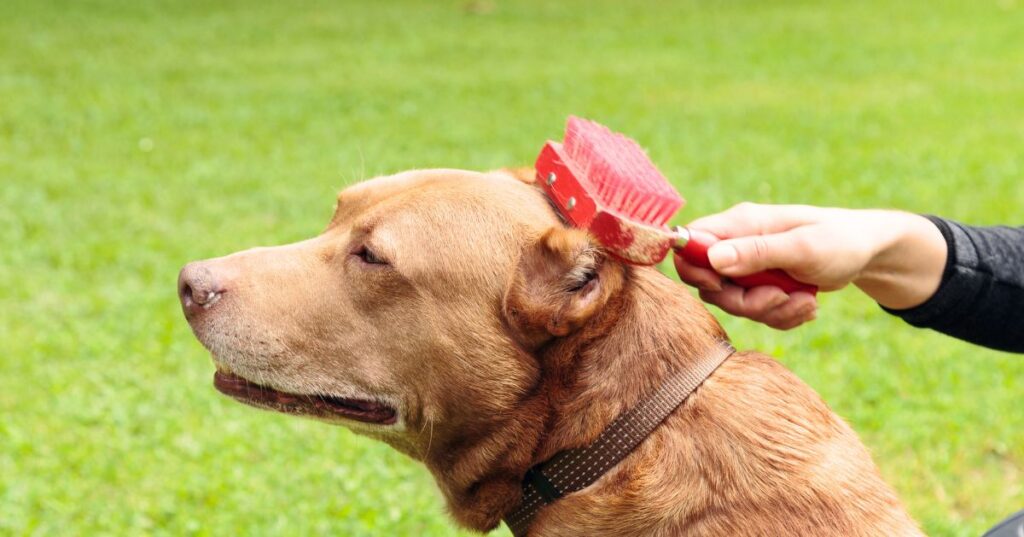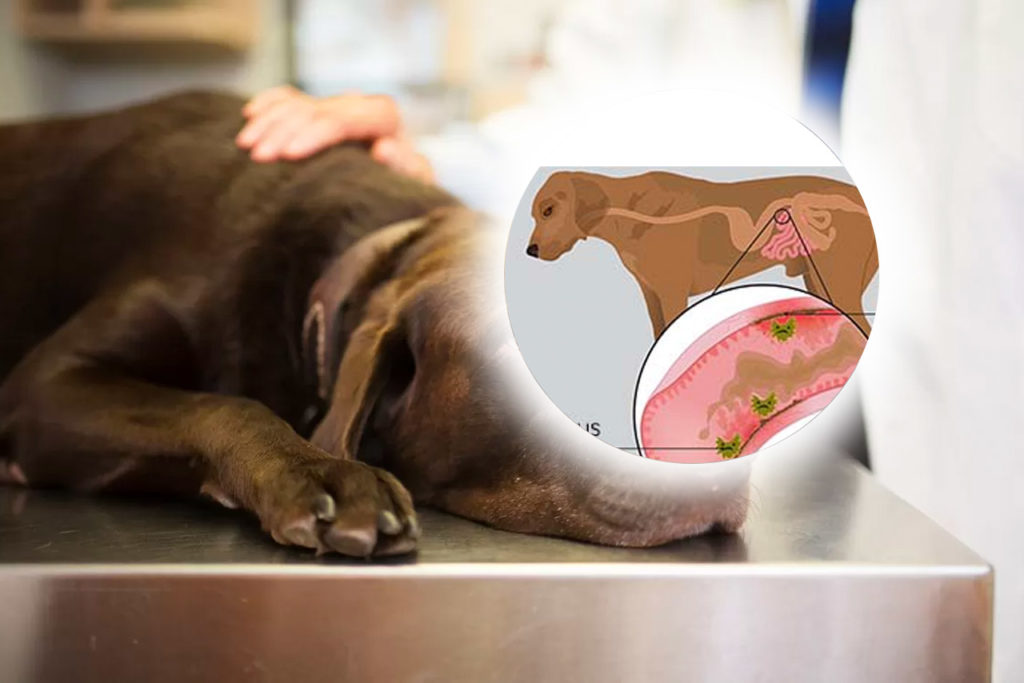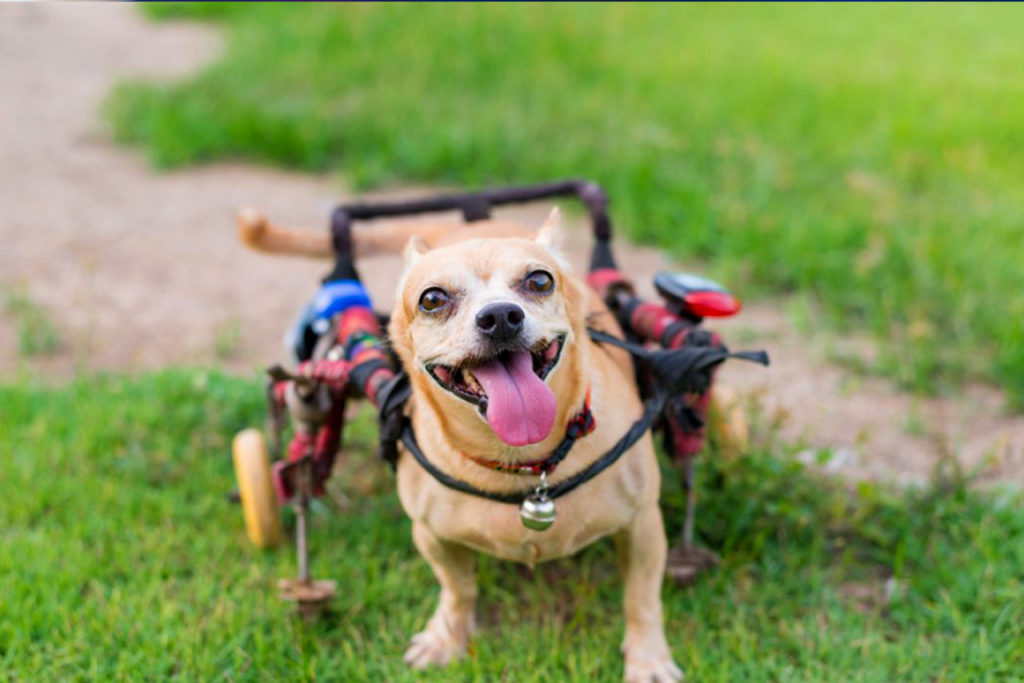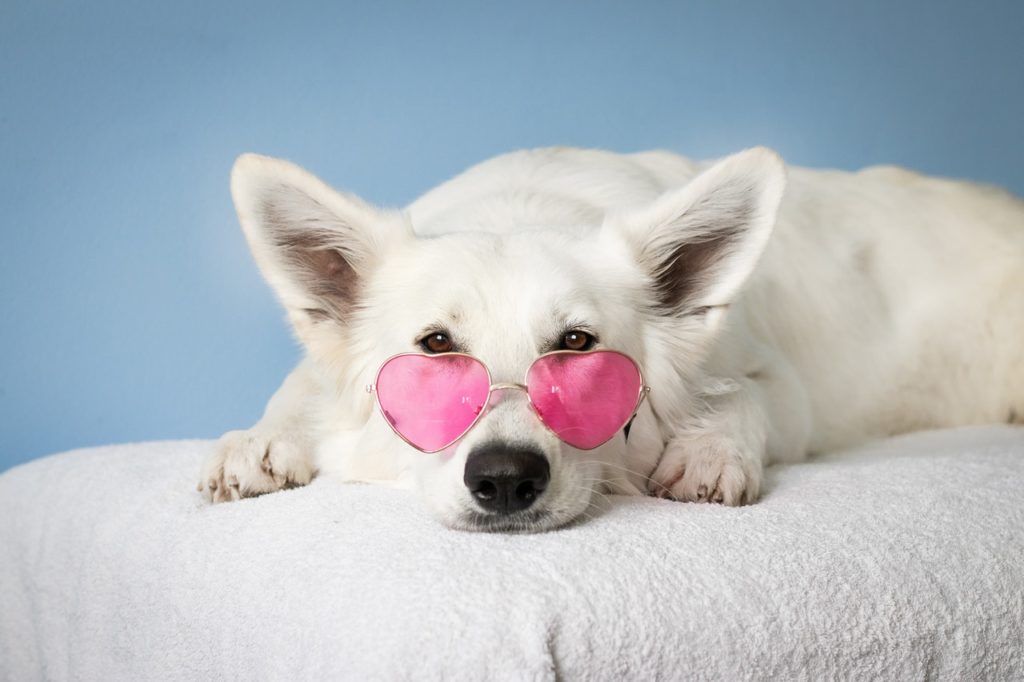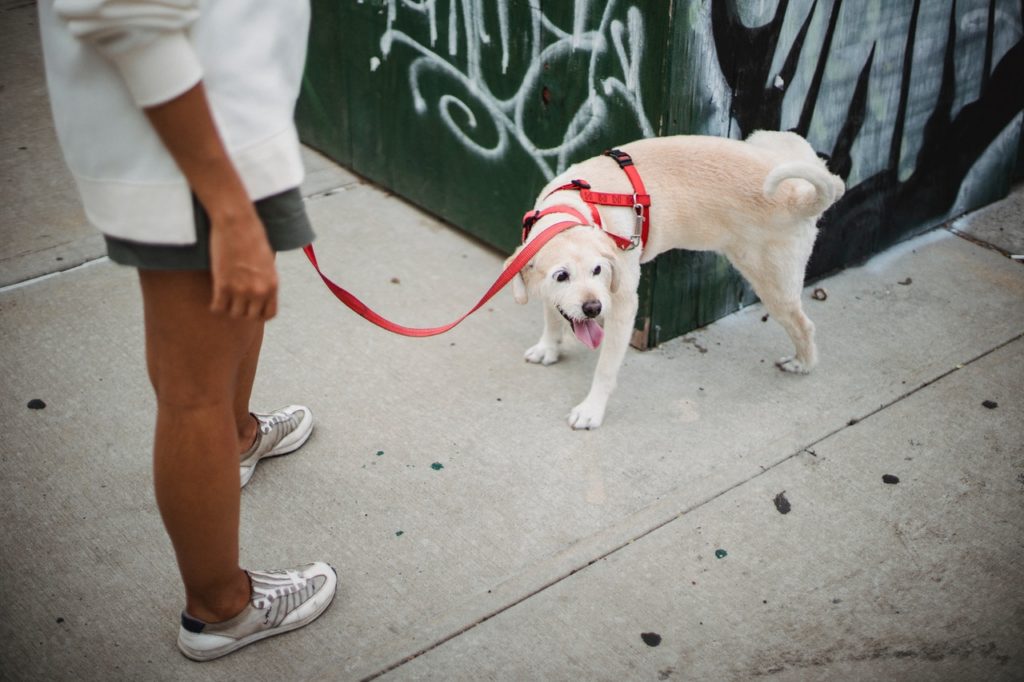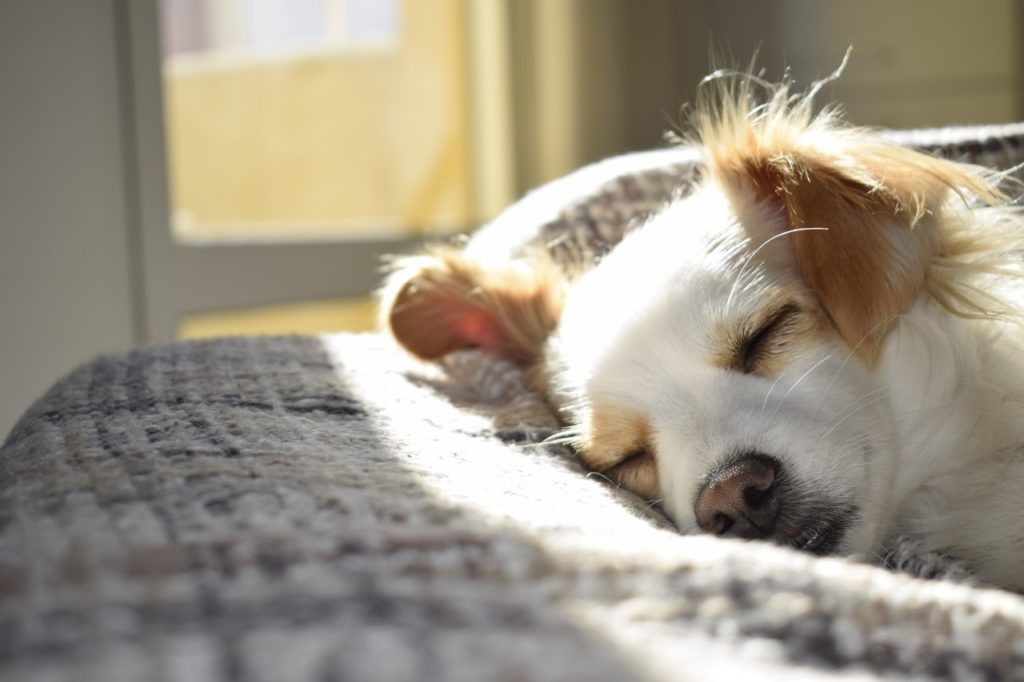If you’re a Pitbull parent, you’ve likely found yourself wondering, “Why does my Pitbull shed so much?” You’re not alone! Many Pitbull owners are surprised by the amount of fur their furry friends leave behind. In this article, we’ll delve into the top 10 reasons why Pitbulls shed and provide practical tips to manage it. So, let’s dive into the world of Pitbull shedding!
Contents
- Reasons Why Does My Pitbull Shed So Much?
- 1. Understanding Pitbull Shedding: Breed Characteristics
- 2. Seasonal Changes and Pitbull Shedding
- 3. The Role of Genetics in Pitbull Shedding
- 4. Health, Diet, and Pitbull Shedding
- 5. The Impact of Stress and Anxiety on Pitbull Shedding
- 6. Allergies, Skin Conditions, and Pitbull Shedding
- 7. Hormonal Changes and Pitbull Shedding
- 8. Grooming Practices and Pitbull Shedding
- Which Pitbull Breeds Shed the Most?
- Tips to Minimize Pitbull Shedding
- Final Thoughts on Pitbull Shedding
Reasons Why Does My Pitbull Shed So Much?
Every Pitbull owner should know these top 10 reasons why their dogs shed.
1. Understanding Pitbull Shedding: Breed Characteristics
Pitbulls are known for their short, dense coats, which are made up of stiff guard hairs and a softer undercoat. This double coat serves as insulation, protecting them from both cold and hot weather. However, it also means they have more hair to shed compared to breeds with single coats. The shedding process in Pitbulls is a normal part of their hair growth cycle. Old or damaged hair is shed to make room for new hair growth, ensuring a healthy and lustrous coat.
2. Seasonal Changes and Pitbull Shedding
Pitbulls shed more during certain seasons due to their natural adaptation to temperature and daylight changes. As the weather becomes warmer, Pitbulls shed their thicker winter coats to prevent overheating. This shedding process allows their new, lighter coat to provide better insulation during the hot months. Seasonal allergies, humidity levels, and coat density also influence the amount of shedding experienced by Pitbulls.
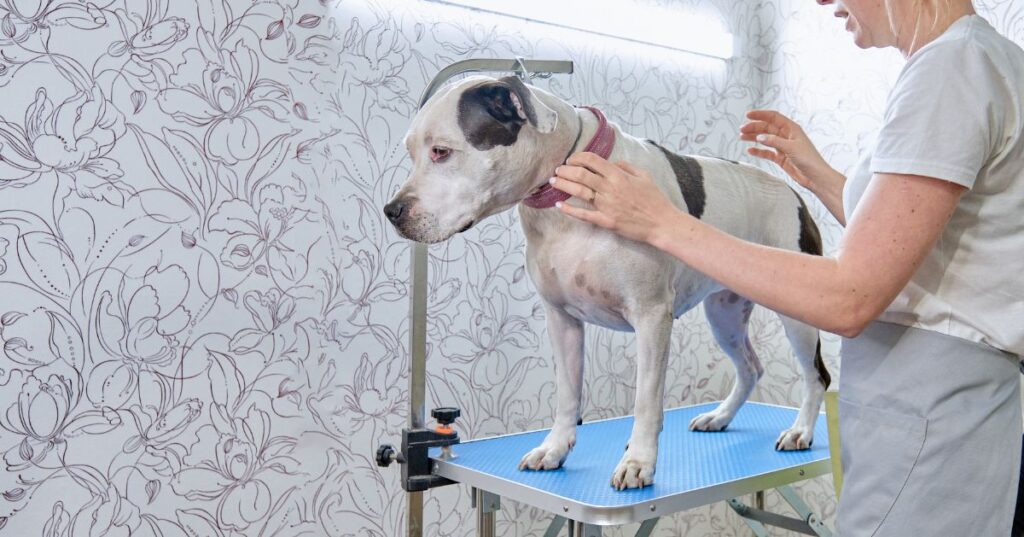

3. The Role of Genetics in Pitbull Shedding
Shedding tendencies can be inherited from a Pitbull’s parents. If both parents have heavy shedding coats, their offspring are likely to have a similar coat and shed more hair. However, genetics is not the only factor influencing shedding. Environmental and health factors can also play a role.
4. Health, Diet, and Pitbull Shedding
A balanced and nutritious diet is essential for promoting a healthy coat and reducing excessive shedding. Make sure your Pitbull is consuming high-quality dog food that contains all the necessary vitamins, minerals, and fatty acids. Omega-3 and Omega-6 fatty acids, in particular, help promote a shiny and healthy coat. Consult your veterinarian to ensure you are feeding your Pitbull a diet that meets its specific needs.
5. The Impact of Stress and Anxiety on Pitbull Shedding
When a Pitbull is stressed or anxious, it can disrupt the hair follicles and cause them to prematurely enter the shedding phase, known as telogen. This leads to a higher rate of shedding, resulting in more loose fur around your home. Additionally, stress can weaken your Pitbull’s immune system, making them more susceptible to skin conditions that may further contribute to excessive shedding.
6. Allergies, Skin Conditions, and Pitbull Shedding
Skin conditions also play a pivotal role in Pitbull shedding. Common conditions such as dermatitis, mange, or fungal infections can cause inflammation, dryness, and hair loss. Regular grooming, proper hygiene, and veterinary care are vital in addressing these skin issues and reducing shedding.
7. Hormonal Changes and Pitbull Shedding
In female Pitbulls, hormonal fluctuations during their heat cycles and pregnancy can also affect shedding. Some female dogs may experience heavier shedding during these times. Additionally, after giving birth and during lactation, hormonal changes can cause a temporary increase in shedding.
8. Grooming Practices and Pitbull Shedding
Grooming practices can indeed impact the hair of Pitbulls and contribute to shedding. Here are some reasons why shedding may occur after grooming a Pitbull, along with some dos and don’ts to help minimize hair shedding:
- Improper Brushing: Pitbulls have short, dense coats, and brushing them regularly helps remove loose hair. However, using the wrong type of brush or not brushing thoroughly enough can lead to inadequate hair removal, resulting in shedding. Use a soft-bristle brush or a grooming mitt designed for short-haired breeds and brush your Pitbull at least once a week.
- Over-Bathing: Bathing your Pitbull too frequently can strip its skin and coat of natural oils, leading to dryness and increased shedding. Avoid bathing your Pitbull more than once every four to six weeks, unless they have rolled in something particularly dirty or smelly.
- Poor Nutrition: A balanced diet is crucial for healthy skin and coat. Inadequate nutrition can cause dryness, dullness, and excessive shedding. Make sure your Pitbull’s diet includes high-quality dog food formulated for their specific needs, containing essential fatty acids and other nutrients that promote a healthy coat.
- Stressful Grooming Experience: If grooming sessions are stressful for your Pitbull, it can trigger shedding due to increased cortisol levels. Create a calm and comfortable environment during grooming, use positive reinforcement, and introduce grooming gradually from a young age to help your Pitbull become accustomed to the process.
- Allergic Reactions: Some grooming products, such as shampoos, conditioners, or sprays, may contain ingredients that can irritate your Pitbull’s skin and lead to excessive shedding. Use hypoallergenic products specifically designed for dogs and avoid using human hair care products on your pet.
Read also: Can a Doberman Beat a Pitbull? Which One Is More Aggressive?
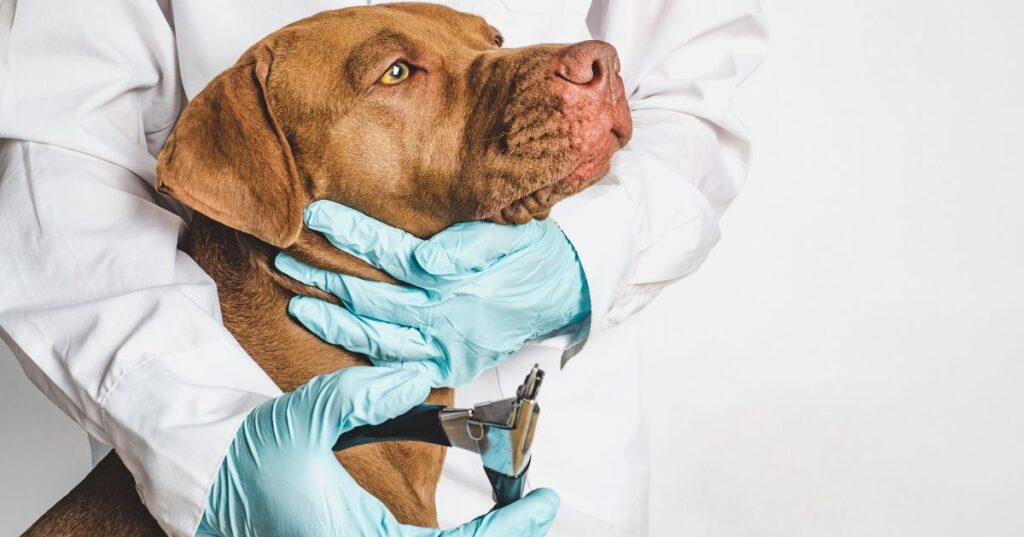

Which Pitbull Breeds Shed the Most?
The American Pit Bull Terrier, with its short and dense coat, can leave behind traces of fur on your belongings. The Staffordshire Bull Terrier, known for its sleek coat, may also shed quite a bit throughout the year. Another breed, the American Staffordshire Terrier, sheds moderately but still requires regular grooming. Why do they shed? Well, seasonal changes, coat types, and even their health and diet can influence shedding. To manage the shedding, regular brushing, proper nutrition, and occasional baths can help keep your Pit Bull comfortable and minimize loose hair.
You can also watch the video below, to understand “how to remove a dog’s summer and winter coat effectively. Watch Below! 👇👇👇
Tips to Minimize Pitbull Shedding
While it’s impossible to completely prevent shedding in Pitbulls or any other dog breed, there are strategies you can employ to help reduce shedding and maintain your Pitbull’s coat health. Here are some suggestions:
- Regular Grooming: Regular grooming is essential to manage shedding. Brush your Pitbull’s coat at least once a week to remove loose fur and prevent it from spreading around your home. Use a de-shedding tool or a slicker brush specifically designed for short-haired breeds like Pitbulls.
- Balanced Diet: Feed your Pitbull a high-quality, balanced diet that is rich in essential nutrients. A healthy diet can promote a strong and healthy coat, reducing excessive shedding. Consult with your veterinarian to determine the best diet for your Pitbull’s specific needs.
- Regular Exercise: Regular exercise not only helps Pitbulls burn off excess energy but also promotes muscle development, cardiovascular health, and weight management. Activities such as fetch, agility training, or even swimming can be fantastic options to keep your Pitbull physically fit and mentally stimulated.
- Proper Hydration: Ensure your Pitbull has access to fresh water at all times. Proper hydration is important for overall coat health and can help minimize shedding.
- Bathing and Moisturizing: Regular bathing can help remove loose fur and keep your Pitbull’s coat clean. However, avoid over-bathing as it can strip the natural oils from their skin, leading to dryness and increased shedding. Use a mild dog shampoo and moisturizing conditioner to keep the coat hydrated.
- Omega-3 Fatty Acids: Omega-3 fatty acids, such as fish oil, can help improve the health of your Pitbull’s skin and coat. Consult with your dog’s health professional about the appropriate dosage for your dog.
- Regular Veterinary Check-ups: Regular visits to the veterinarian are important to ensure your Pitbull is in good health. Skin conditions or underlying health issues can contribute to excessive shedding, so addressing any potential problems early on can help manage shedding.
- Manage Stress: Stress and anxiety can contribute to excessive shedding in dogs. Provide a calm and comfortable environment for your Pitbull, and consider using tools such as calming pheromone sprays or interactive toys to reduce stress levels.
- Keep Your Home Clean: Regularly vacuum and clean your home to remove loose fur and dander. Using a vacuum cleaner with a HEPA filter can help capture allergens effectively.
Final Thoughts on Pitbull Shedding
Shedding in Pitbulls can be influenced by various factors, including genetics, diet, health issues, and environmental conditions. Regular grooming practices such as brushing, bathing, and maintaining a healthy diet can help manage excessive shedding. Additionally, ensuring your Pitbull receives proper veterinary care and addressing any underlying health concerns can also contribute to reducing shedding. Remember, shedding is a normal part of owning a Pitbull, but with the right care and attention, you can keep your furry friend’s shedding under control, creating a clean and comfortable environment for both of you.
We hope you found this article helpful. If you have any other tips or experiences with Pitbull shedding, we’d love to hear from you in the comments below. And if you found this article useful, please consider sharing it with other Pitbull parents!

